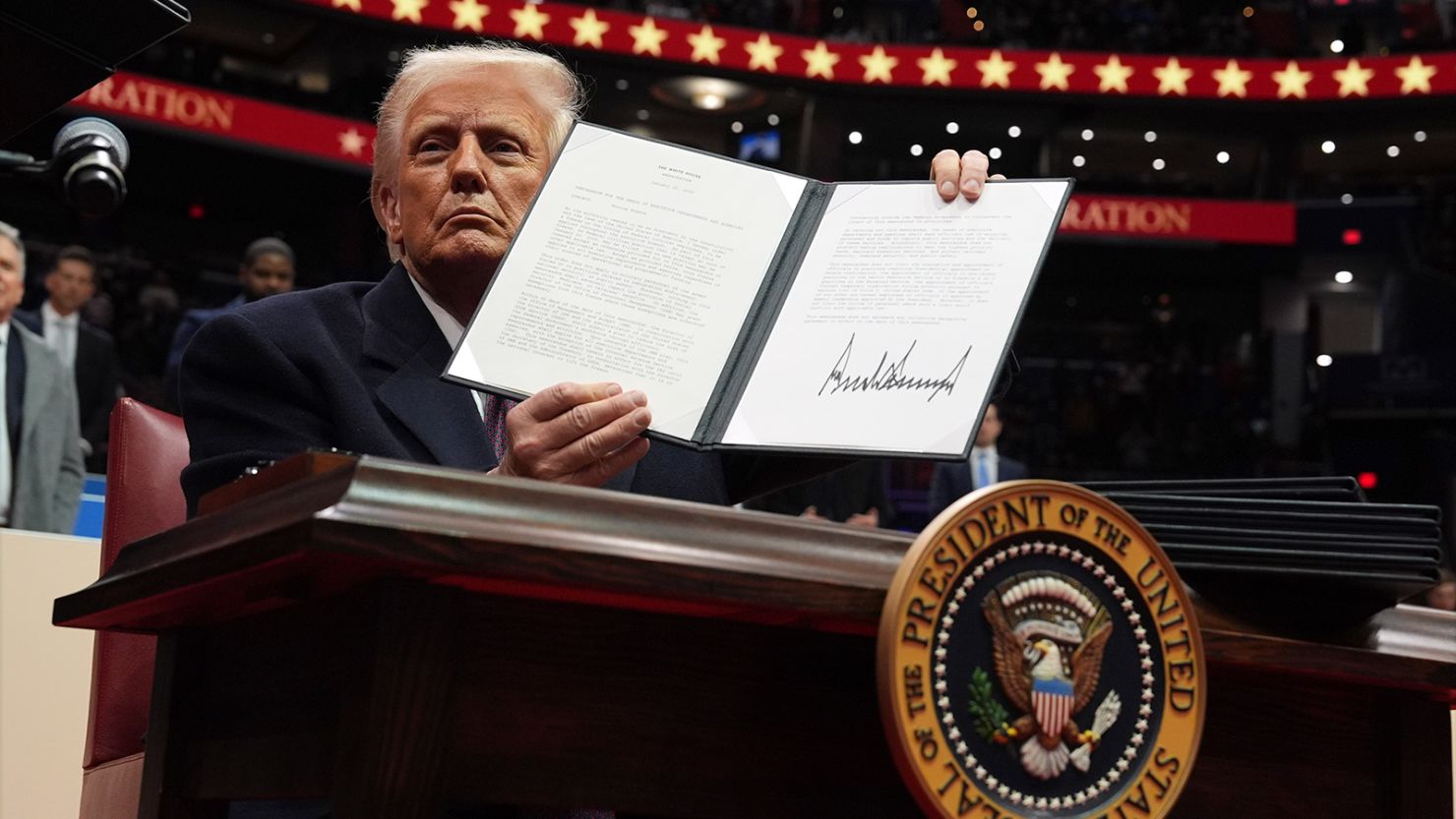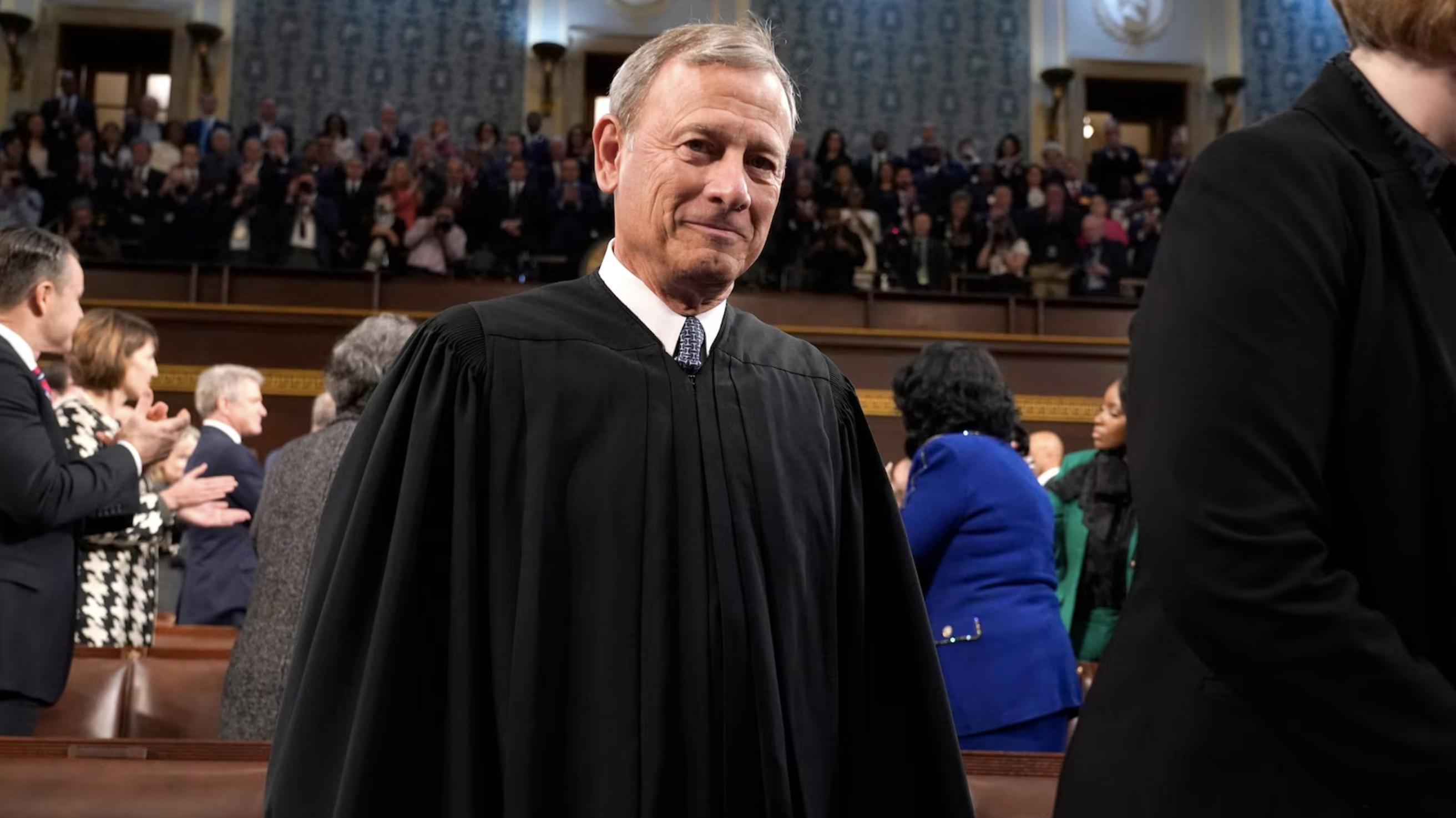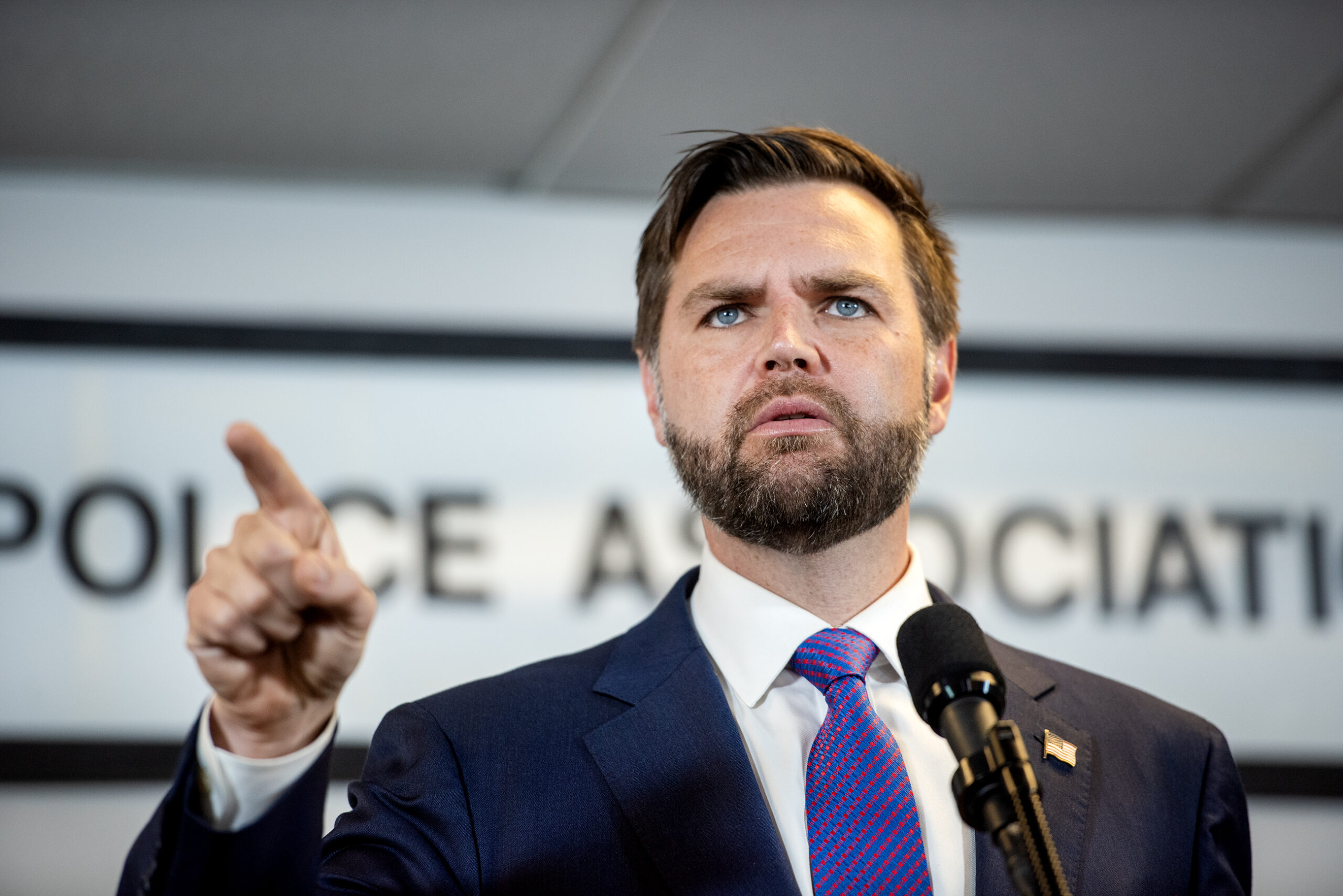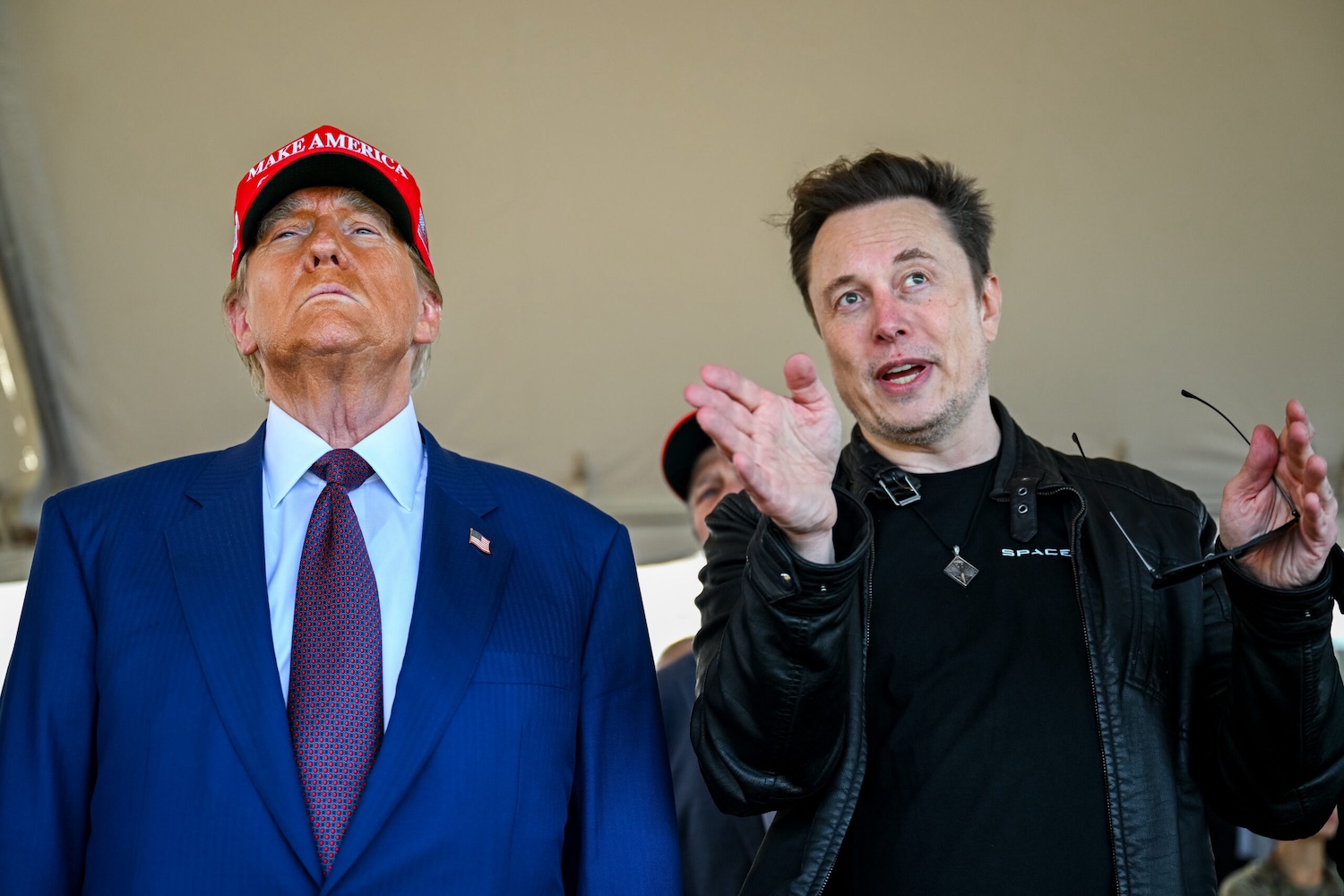As judges continue to block President Donald Trump’s executive orders, the White House and the federal courts appear headed for an almost inevitable clash. It won’t be the first time.

Let’s wind back to the 1830s, when tensions between the U.S. government and Native American tribes were at their highest. It was around this time that Georgia passed a law to ban white missionaries from living on Cherokee land. These missionaries were often among the tribe’s fiercest allies — so the Cherokee viewed the law as an affront to their ability to decide who could or couldn’t reside within their territory.
One missionary, Samuel Worcester, purposefully moved onto the Cherokee land, knowing he would be arrested for it but hoping to test the law and legally establish the tribe’s sovereignty. The resulting case, Worcester v. Georgia, eventually reached the Supreme Court.
The majority opinion was written by Chief Justice John Marshall, now considered to be one of the greatest jurists in U.S. history. He declared that Native tribes are “distinct, independent political communities” and that states could not infringe on their rights as Georgia had. Worcester, and the tribe, had won.

But then… despite Worcester’s victory , Georgia’s governor refused to release him from jail. President Andrew Jackson — who would go on to trigger the displacement of 60,000 Native Americans through the Trail of Tears — had no interest in pushing the governor to listen to the ruling.
“John Marshall has made his decision,” Jackson is reputed to have said. “Now let him enforce it!”
Whether or not Jackson said these exact words, the sentiment has echoed throughout history, because it speaks to a very real dilemma. Both Jackson and Georgia’s governor, George Gilmer, simply ignored the order of the Court.
But it’s not like Chief Justice John Roberts (Marshall’s modern-day successor) commands an army, unless you count that one bailiff who sits inside the courtroom. The judicial branch interprets laws, but ultimately, the executive branch is the one charged with enforcing them.

At the end of the day, the Supreme Court is just nine people in robes. Can the courts really be seen as having the last word if they rely on someone else to carry out their orders? Especially when that “someone else” — the president — might be on the losing side of one of the court’s rulings?
This is one of the key fragilities in a democratic system, and it’s come up even during some of our best-regarded presidencies, from Abraham Lincoln ignoring the Supreme Court when he suspended habeas corpus and arrested Confederates to Franklin Roosevelt attempting to “pack” the court when he disagreed with it.
Now, some allies of President Trump are encouraging him to flout court rulings as well — potentially even including Vice President JD Vance, who has advocated for an expansive view of executive power. In the past, he’s even cited Jackson’s maybe-real-maybe-not saying to make that case.
“I think that [Trump should] fire every single mid-level bureaucrat, every civil servant in the administrative state,” Vance said in a 2021 podcast interview podcast. “Replace them with our people. And when the courts — because you will get taken to court — and when the courts stop you, stand before the country like Andrew Jackson did and say, ‘The chief justice has made his ruling. Now let him enforce it.’”

Over the weekend, Vance sent a tweet pushing back on judges’ ability to constrain executive power. He stopped short of calling for Trump to ignore judicial rulings when they do so, but Trump adviser Elon Musk got even closer in a retweet. Other Republicans have been more explicit: “If a district court judge tries to usurp the authority of the chief executive of this country, he should absolutely defy it,” conservative pundit Scott Jennings said on CNN on Monday.
Two cases to watch
There have been dozens of legal challenges against Trump’s orders, but there are two in particular that will be important to watch to see if Trump takes a Jacksonian stand against the courts.
One is about the so-called federal “funding freeze,” Trump’s attempt to pause all federal grants and loans, which I broke down here in The Preamble last month.
The other is about Trump’s attempt to effectively eliminate the U.S. Agency for International Development (USAID), the country’s top foreign aid agency, which Sharon wrote about last week.
I’m telling you to watch those cases not only because they are two of Trump’s farthest-reaching uses of executive power — but also because they are the two cases so far in which Trump has been accused of ignoring court orders that were supposed to block his efforts.
In the first case, two federal district court judges — one in Washington, D.C. and one in Rhode Island — issued orders to temporarily stop the funding freeze while the issue worked its way through the courts, saying that the freeze was potentially unconstitutional.
Last Friday, a group of 22 states went before the judge in Rhode Island and claimed that the Trump administration was continuing to pause certain grants, including ones involving clean energy, in violation of the order. Trump’s team responded that the grants in question didn’t fall under the court’s block.
On Monday, the judge — an Obama appointee — sided with the states, agreeing that the Trump administration had ignored his order, and directing them to follow it. The administration has appealed the case and asked a higher court to lift the block, accusing the judge of “intolerable judicial overreach.” It is not known if the administration is complying with the order in the meantime.
In the USAID case, a Trump-appointed judge in D.C. issued an order temporarily preventing the administration from placing 2,400 USAID employees (almost the agency’s entire workforce) on leave. “All USAID employees currently on administrative leave shall be reinstated,” he directed.
The challengers in the case alleged on Monday that at least some USAID employees are still locked out of accessing the agency’s computer systems, raising the question of whether their leave has truly been lifted. The administration has not responded to these claims.

Other looming battles
Trump is also gearing up for legal fights in a mind-numbing array of other areas.
Here are all the other Trump administration actions that have already been temporarily blocked by district court judges, just a few weeks into taking office:
Attempting to end birthright citizenship for the children of undocumented immigrants
Offering a so-called “buyout” to government employees
Granting access to Treasury Department data to Elon Musk’s deputies
Firing a key government ethics official
Moving transgender female inmates to men’s prisons
Moving detained Venezuelan migrants to Guantánamo Bay in Cuba
Slashing payments for overhead costs of research at universities and hospitals
Taking down websites with public health information
Trump has not been formally accused of failing to comply with any of these orders.
Other pending lawsuits include those targeting Trump’s asylum ban, his ban on transgender troops, his moves to accelerate deportations, his attempt to undo employment protections for civil workers, and the legality of Musk’s “Department of Government Efficiency,” or DOGE.

To say Trump is about to be fighting a multi-front legal war would be an understatement. And don’t forget: we are just at the beginning of all these battles. District courts are the lowest rung in the federal judiciary.
After cases are litigated in the 94 district courts, they go to the 13 appeals courts. It’s only after an appeals court (also known as a circuit court) makes a decision that the Supreme Court can even think about taking a case, unless there is some kind of emergency bypass of the regular order.
Just like Andrew Jackson and John Marshall, Donald Trump and John Roberts may be headed for a high-stakes constitutional showdown if the Supreme Court rules against some of Trump’s actions and Trump decides to ignore them.
But unlike the process of creating executive orders — which requires only the president and a pen — the legal process to undo them is slow and methodical. Even if that clash is coming, it could be several weeks (or even months) before we get there.